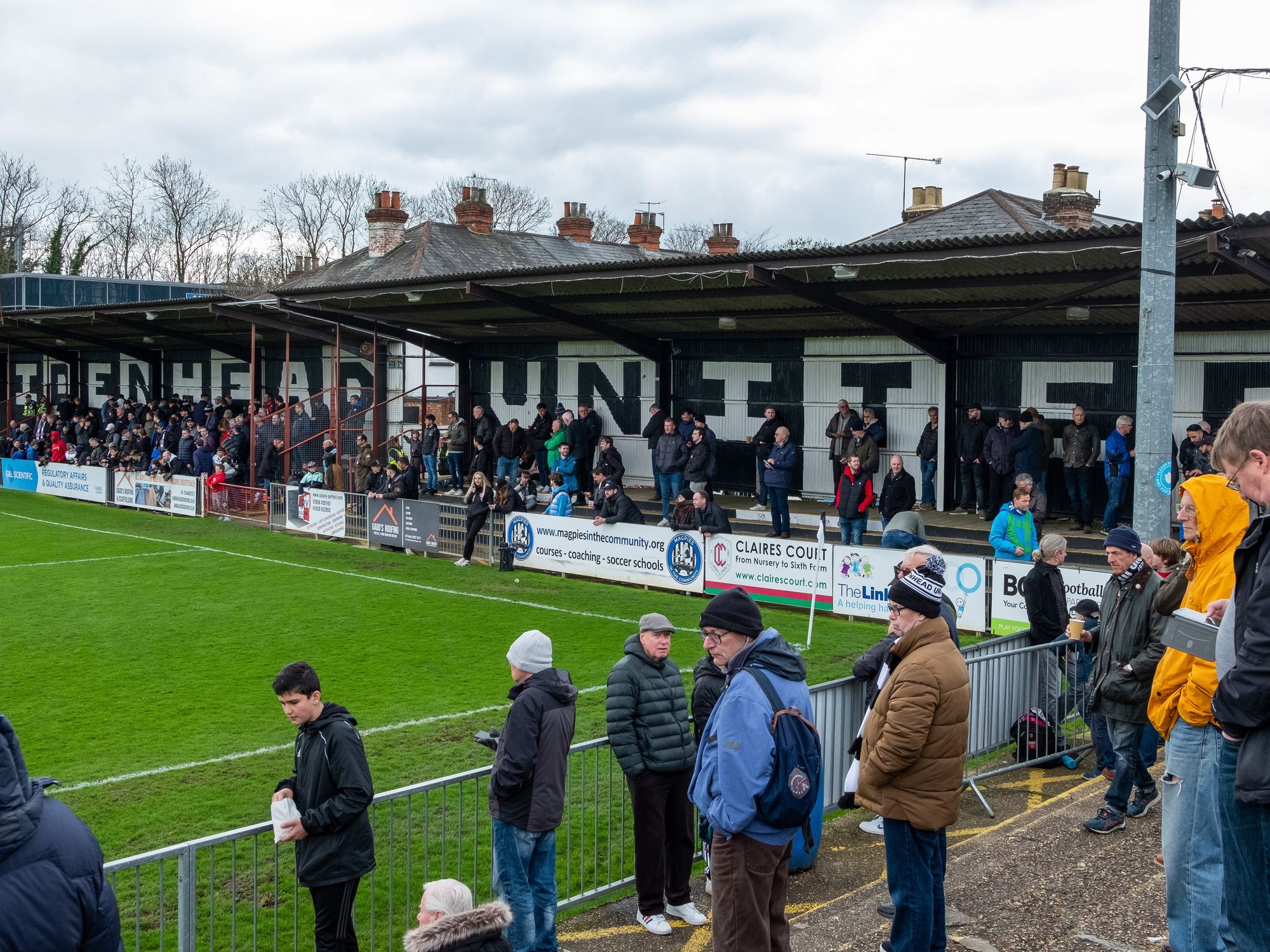Archaeologists baffled by bizarre Roman ruins after ancient engineering went horribly wrong
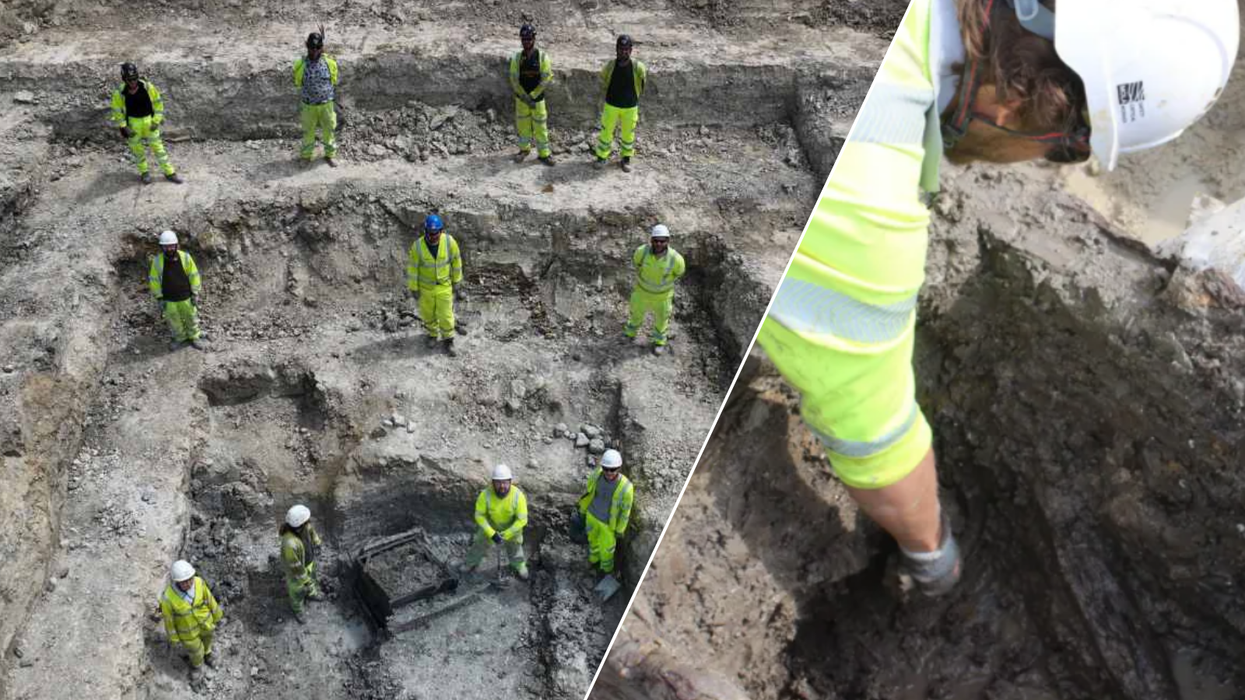
Archaeologists baffled by bizarre UK Roman ruins after ancient engineering went horribly wrong
|MOLA

The site was found during the final weeks of excavations for a National Highways improvement scheme in Cambridgeshire
Don't Miss
Most Read
Archaeologists have been left baffled after they discovered a rare piece of Romano-British engineering that went terribly wrong.
A team from the Museum of London Archaeology (Mola) were excavating a site in Cambridgeshire when they found the remains of two wells, with the discovery revealing “a failure of Roman engineering on an industrial scale”, an archaeologist said.
The remains were found during the final weeks of excavations for the National Highways improvement scheme on the A428 Black Cat to Caxton Gibbet road on the Cambridgeshire-Bedfordshire border.
During the dig, the team uncovered some well-preserved wooden elements which showed how they were built, including an almost 2,000-year-old ladder.
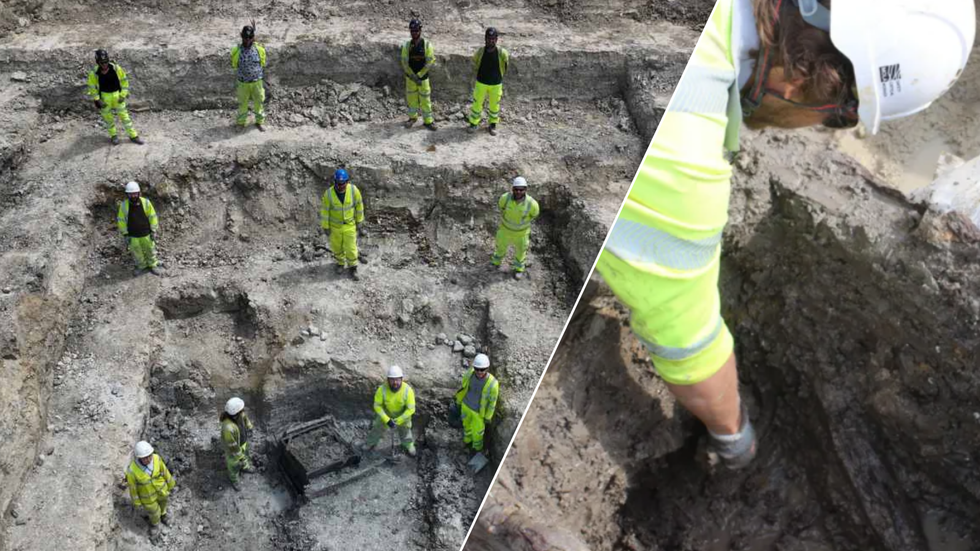 Archaeologists baffled by bizarre UK Roman ruins after ancient engineering went horribly wrong | MOLA
Archaeologists baffled by bizarre UK Roman ruins after ancient engineering went horribly wrong | MOLAThe first well was found just outside a large gated enclosure and measured 8.5 metres deep - as deep as a modern two-storey house.
Its large size was necessary as it provided water to a large settlement which had been in existence since 350BC - though today the site is mainly composed of fields and villages.
Project Manager Simon Markus, from the Mola said that sadly the “first well collapsed before they could use it”.
“As we discovered when we first started our excavations here, the clay literally peels away from the more compacted earth and stone. We’ve all done a bit of DIY that hasn’t quite gone to plan, but this was a failure of Roman engineering on an industrial scale,” he explained.
MORE ARCHAEOLOGY BREAKTHROUGHS:
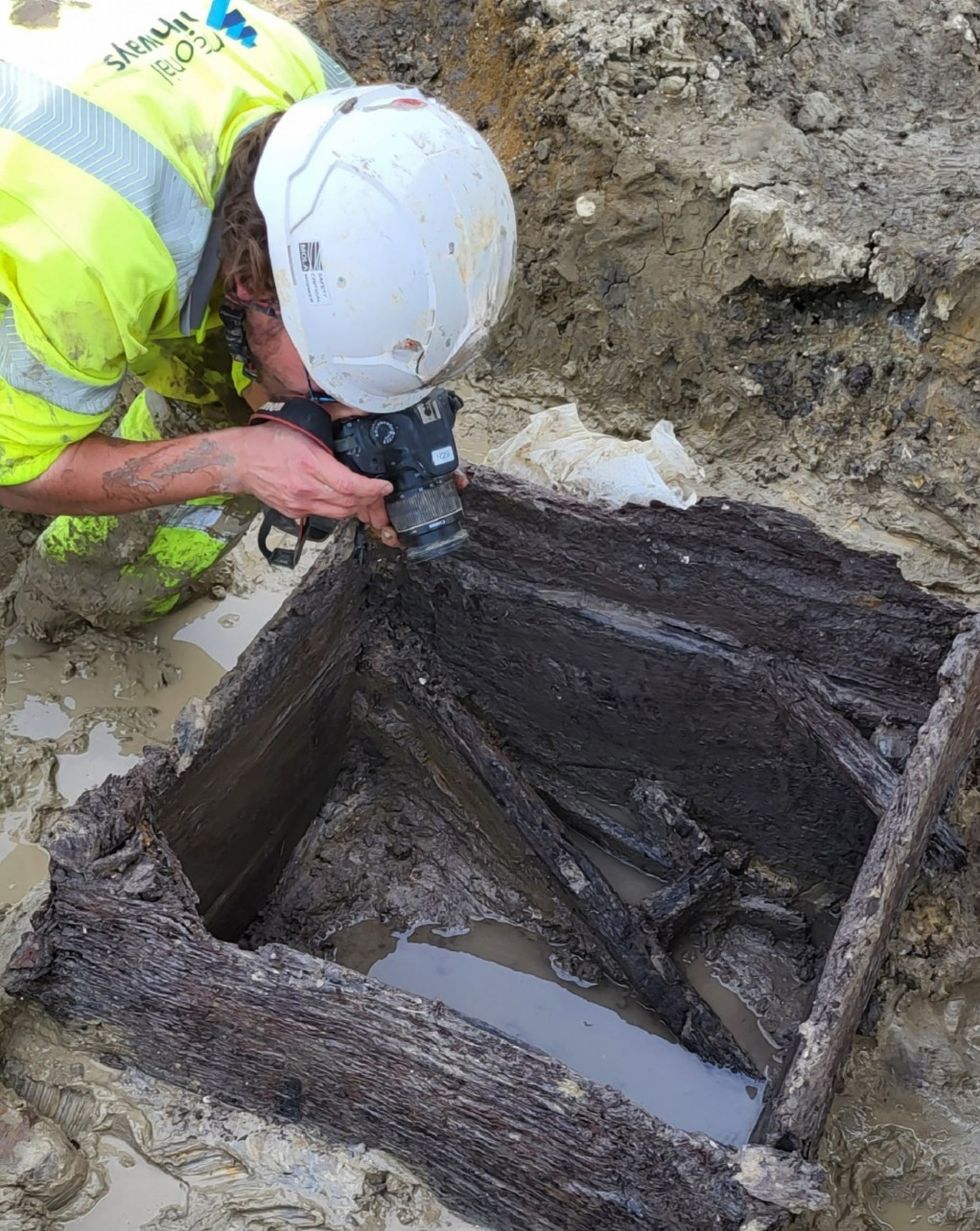
During the dig, the team uncovered some well-preserved wooden elements which showed how they were built
|PA
After the first well, dated AD43 to 410, collapsed, the settlers learnt from their mistakes and built a more secure structure.
The second well was this time built inside the enclosure and was slightly smaller at 6.5 metres. This time, it was lined with wooden boards and had stone cobbles at its base to prevent a collapse.
Markus said: “We can sympathise with the original well diggers because excavating these required as much careful design and effort as building them.”
Archaeologists discovered off-cuts, wood chips and sawn-off branches which suggested that it also fell into disuse and carpenters had later used it as a dump.
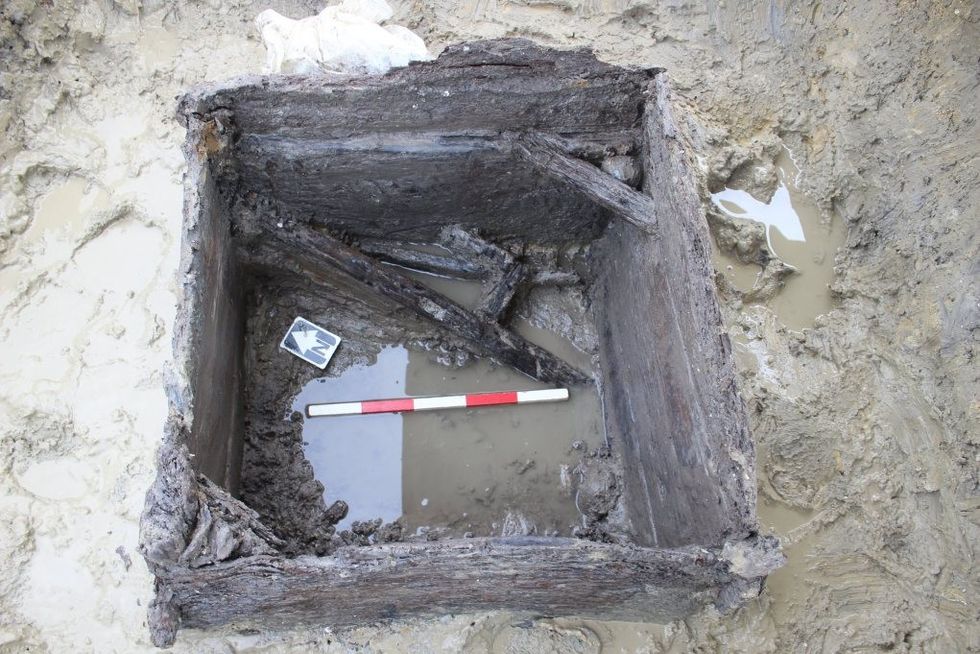
After the first well, dated AD43 to 410, collapsed, the settlers learnt from their mistakes and built a more secure structure
|PA
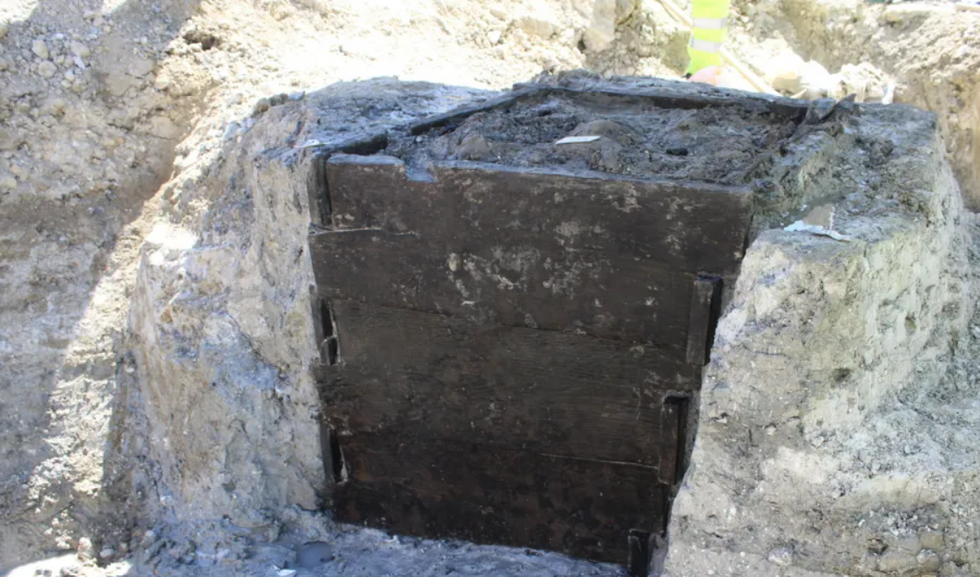
The second well was built inside the enclosure and was slightly smaller at 6.5metres
|MOLA
Its contents will now be studied by specialists, and further research will also try to determine what the carpenters were making.
“This archaeological work has been a fascinating and integral part of the A428 Black Cat to Caxton Gibbet improvements,” said Gareth Moore, the programme manager for the road project.
“The latest findings from the excavations offer a unique glimpse into the past, highlighting the incredible craftsmanship and resilience of those who lived here nearly 2,000 years ago.”








